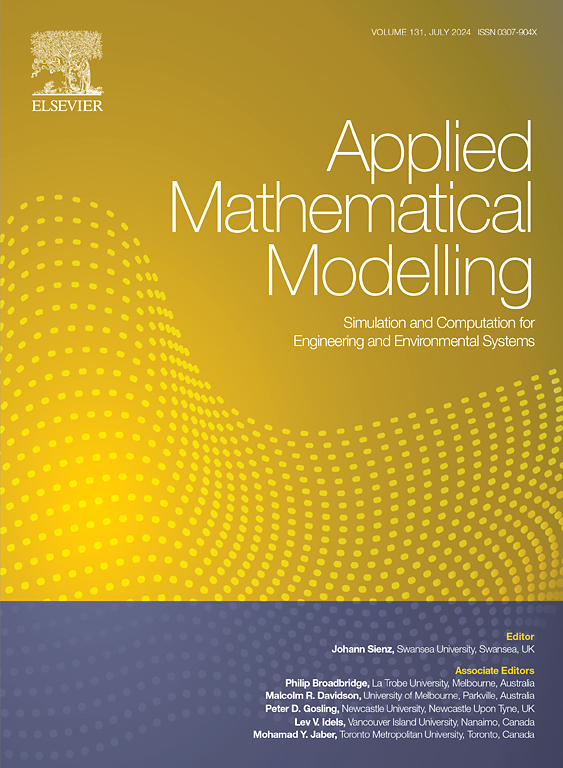基于深度学习的多轴加工拓扑优化
IF 4.4
2区 工程技术
Q1 ENGINEERING, MULTIDISCIPLINARY
引用次数: 0
摘要
本文提出了一种新颖的框架,它将拓扑优化(TO)和深度学习(DL)整合在一起,以生成适用于多轴加工的高性能结构。在提议的框架中,DL 建立在 pix2pix 网络上,条件通道用于确定多轴加工中的刀具形状和进给方向。该 DL 模型将使用我们自己生成的多轴加工 TO 数据集进行训练。然后,用户可以自定义多轴加工操作的刀具尺寸和加工方向,并指定设计边界和负载条件作为输入。DL 模型将快速生成接近优化的结构,并以此为起点进一步优化。最终,拓扑优化后的结构可满足量身定制的要求,适用于多轴加工,只需几次迭代即可完成。研究了热传导问题的二维和三维数值示例,证明了所提方法的有效性,同时也验证了与传统的多轴加工拓扑相比,所提方法在结构性能和优化效率方面的改进。本文章由计算机程序翻译,如有差异,请以英文原文为准。
Deep learning-based topology optimization for multi-axis machining
This paper presents a novel framework that integrates topology optimization (TO) and deep learning (DL) to generate high-performance structures suitable for multi-axis machining. Within the proposed framework, DL is built on the pix2pix network, with the conditional channel used to determine the tool shape and feed direction in multi-axis machining. This DL model will be trained using our own generated dataset on TO for multi-axis machining. Then, users can customize tool dimensions and machining orientations of the multi-axis machining operation and specify the design boundary and loading conditions as input. The DL model will rapidly generate a near-optimized structure, which subsequently serves as the starting point for further optimization. Ultimately, a topology-optimized structure that meets the tailored requirements is apt for multi-axis machining and can be finalized with only a few iterations. 2D and 3D numerical examples for heat conduction problems are studied to prove the effectiveness of the proposed method, validating improved structural performance and optimization efficiency compared to conventional TO for multi-axis machining.
求助全文
通过发布文献求助,成功后即可免费获取论文全文。
去求助
来源期刊

Applied Mathematical Modelling
数学-工程:综合
CiteScore
9.80
自引率
8.00%
发文量
508
审稿时长
43 days
期刊介绍:
Applied Mathematical Modelling focuses on research related to the mathematical modelling of engineering and environmental processes, manufacturing, and industrial systems. A significant emerging area of research activity involves multiphysics processes, and contributions in this area are particularly encouraged.
This influential publication covers a wide spectrum of subjects including heat transfer, fluid mechanics, CFD, and transport phenomena; solid mechanics and mechanics of metals; electromagnets and MHD; reliability modelling and system optimization; finite volume, finite element, and boundary element procedures; modelling of inventory, industrial, manufacturing and logistics systems for viable decision making; civil engineering systems and structures; mineral and energy resources; relevant software engineering issues associated with CAD and CAE; and materials and metallurgical engineering.
Applied Mathematical Modelling is primarily interested in papers developing increased insights into real-world problems through novel mathematical modelling, novel applications or a combination of these. Papers employing existing numerical techniques must demonstrate sufficient novelty in the solution of practical problems. Papers on fuzzy logic in decision-making or purely financial mathematics are normally not considered. Research on fractional differential equations, bifurcation, and numerical methods needs to include practical examples. Population dynamics must solve realistic scenarios. Papers in the area of logistics and business modelling should demonstrate meaningful managerial insight. Submissions with no real-world application will not be considered.
 求助内容:
求助内容: 应助结果提醒方式:
应助结果提醒方式:


